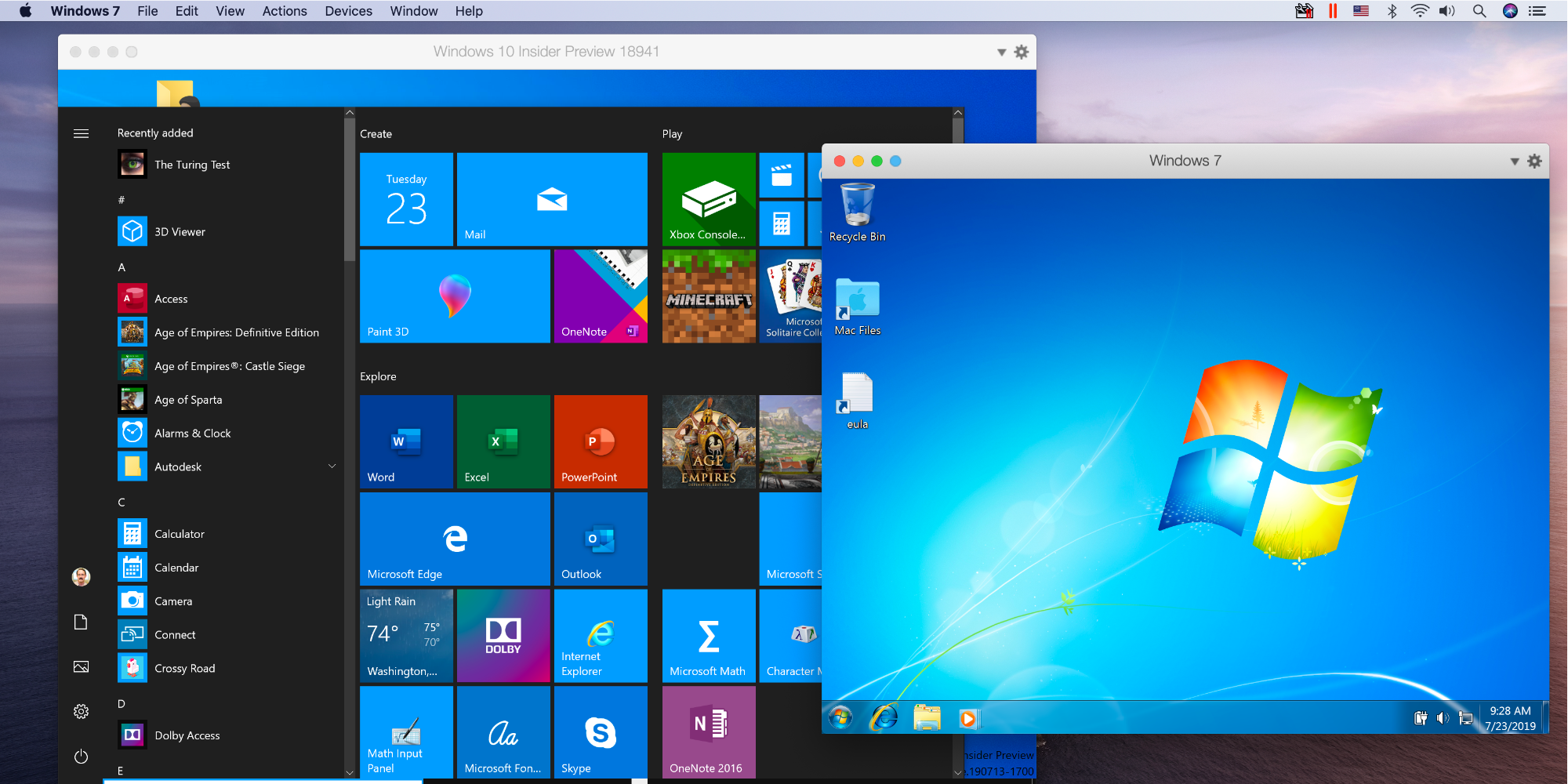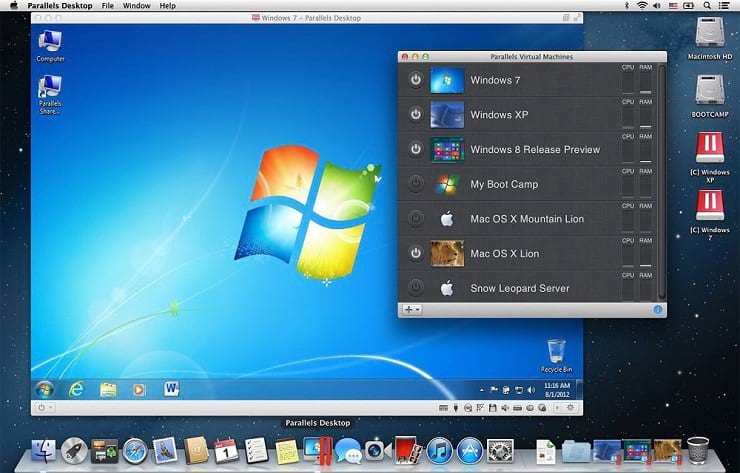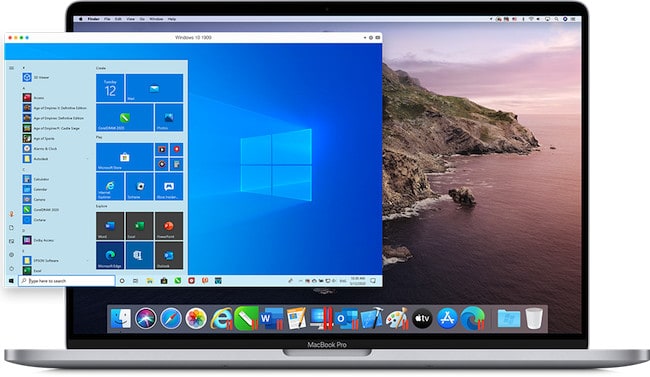
- MAC OS PARALLELS USING BOOTCAMP MAC OS
- MAC OS PARALLELS USING BOOTCAMP INSTALL
- MAC OS PARALLELS USING BOOTCAMP FULL
- MAC OS PARALLELS USING BOOTCAMP FOR WINDOWS 10
in other words a Mac computer running Windows whereas a Hackintosh is a Windows computer converted to run the Apple Mac OS. What you are proposing here I think is a 'reverse Hackintosh'. That only applies to newer models.Įdited by jonuk76, 13 April 2022 - 01:14 AM. Note the section about changing security options for the "T2" chip isn't necessary on a 2013 Macbook - they are able to boot from external media without changing security settings.
MAC OS PARALLELS USING BOOTCAMP INSTALL
If installing to an internal drive you wouldn't need to use the USB-To-Go customised version of Windows - which is specifically designed to install Windows on fast USB flash drives, external HDD's or SSD's. This article covers a non-standard install of Windows 10 onto an external USB SSD, but I don't see why it wouldn't work (with some tweaks) to install it as the only OS on a Mac internal drive, if you're absolutely sure you don't want to use Mac OS. See - It's guided and you can't really go wrong.
MAC OS PARALLELS USING BOOTCAMP MAC OS
The setup wizard will guide you through shrinking the Mac OS partition/s to make space, and will create an installation media with the correct drivers for the Mac hardware slipstreamed into it. Setting up Windows with Bootcamp will be the easiest option if you have the space to do it like this.
MAC OS PARALLELS USING BOOTCAMP FOR WINDOWS 10
A problem is that Apple were never particularly generous with storage space unless you paid extra, and many of them came with just 128 GB SSD's, which is barely big enough for Windows 10 on its own IMO, let alone as a dual boot with Mac OS. If it's more like a base level 2013 MacBook Air with dual core CPU and 4 GB RAM it will be slower, but potentially usable if you're not too demanding. I am using it on a 2014 MacBook Pro 15" with Core i7 and 16 GB RAM and it's absolutely fine.

Some Macbooks from 2013 will be perfectly capable of running Windows 10. Once installed it's possible to boot into Windows by either holding down the Option ( ⌥) key when the Mac first turns on, or by using the Startup OS option in the System Preferences. It automates and eases the procedure for installing Windows as a dual boot option.
MAC OS PARALLELS USING BOOTCAMP FULL
In addition to being able to run Windows applications, you'll also be able to utilize features across both operating systems, such as full use of Cortana, Quick Look for Windows documents (by pressing the space bar, just like when in OS X), simplified file sharing and printing, and Mac location services support for Windows apps, among other features.Bootcamp does not install Windows to run "under" MacOS in an emulator or VM (at least on Intel based Macs) - it's a "bare metal" install. Now that you're running Windows 10 through Parallels you'll be able to take advantage of a plethora of new options.

To switch to full Windows mode, go to the Parallels drop-down in the Finder menu bar of OS X and choose View > Exit Coherence.

Once installation is complete, Parallels should automatically open Coherence mode, which lets you use Windows 10 features while still running OS X. It'll take a few minutes to install, but you're almost done - Windows 10 will shortly be installed on your Mac. Select the Home version, then begin the installation. Set the configuration depending on how your Windows machine will be used, but feel free to change it later.Īfter making these selections, Parallels will load up a Windows environment.


 0 kommentar(er)
0 kommentar(er)
